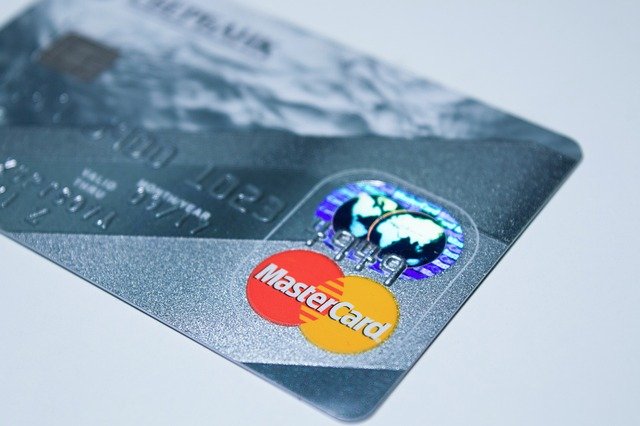How Money Transfer Services Work Internationally
Money transfer services move funds between people, businesses, and accounts across different locations or countries. These services include bank-to-bank wires, online remittance platforms, mobile wallet transfers, and cash pickup networks. Users choose a service based on speed, cost, destination, and available payout methods. Understanding how providers calculate fees, handle currency conversion, and comply with regulations helps senders and recipients pick the most suitable option for their needs. Security, identification requirements, and delivery times also vary by provider and destination, so comparing core features before initiating a transfer can reduce delays and unexpected charges.

What is a money transfer service?
A money transfer service is any mechanism that lets funds move from one party to another. Traditional options include bank wire transfers and postal money orders; modern options include dedicated remittance companies, fintech apps, and peer-to-peer platforms. Services differ in how they settle payments: some debit a sender’s bank account and credit a recipient’s account, others use cash pickup points, and some route funds via local partners to avoid international banking corridors. Key features to check are supported countries, identification requirements, transfer limits, and whether the provider offers tracking and dispute resolution.
How do international transfers work?
International transfers typically start with the sender initiating a payment and providing recipient details. The provider then converts or routes the funds through correspondent banks or local partners to reach the destination currency and payout channel. Systems such as SWIFT, SEPA, or regional clearinghouses handle many cross-border transactions; some providers use local accounts or partner networks to speed delivery and reduce fees. Compliance checks for anti-money laundering (AML) and sanctions screening occur during the process, which can add verification steps. Processing times vary from near-instant to several business days depending on route, currency, and compliance handling.
What role do finance fees and regulations play?
Fees and regulatory requirements are central to the finance side of transfers. Providers typically apply a visible transfer fee plus a currency conversion margin; additional intermediary or receiving bank charges can appear for certain railings. Regulatory frameworks dictate identification checks, reporting for large transfers, and limits in some corridors—these rules aim to prevent fraud and illicit finance but can require extra documentation or delays. Understanding the breakdown of fees—flat fees versus percentage charges—and any regulatory surcharges for specific countries helps anticipate the total cost and the time a transfer will take.
How does currency conversion affect transfers?
Currency conversion often determines the largest portion of cost in a cross-border transfer. Providers set exchange rates using either live market rates with a markup (spread) or fixed rates for a given period. The spread is effectively an indirect fee: even when an upfront transfer fee is low, a poor conversion rate can increase the true cost. For frequent or large transfers, options such as forward contracts, multi-currency accounts, or local currency corridors can reduce exposure to rate swings. Recipients should confirm whether payouts will be in local currency or a convertible currency, since conversion timing and direction can change the amount received.
How do banking channels compare to other options?
Banking channels—traditional domestic banks and their international wire services—usually provide strong security and established rails, but they can be slower and more expensive, especially for small-value remittances. Specialist remittance firms, online platforms, and mobile wallets often compete on lower fees, faster delivery, and more flexible pickup methods like cash collection or mobile money. Each channel has trade-offs: banks may be preferred for very large or complex corporate transfers; fintech providers can be better for routine personal remittances and small business payments. Local services and payout networks also influence convenience and accessibility for recipients in different countries.
Conclusion
Money transfer services span a broad spectrum from legacy banking wires to app-based remittances and local cash networks. Choosing the right option depends on priorities such as cost transparency, speed, currency handling, and regulatory requirements in the sending and receiving countries. Careful attention to fee structures, exchange rates, identification rules, and delivery options can reduce surprises and ensure funds arrive reliably in your area or abroad.






